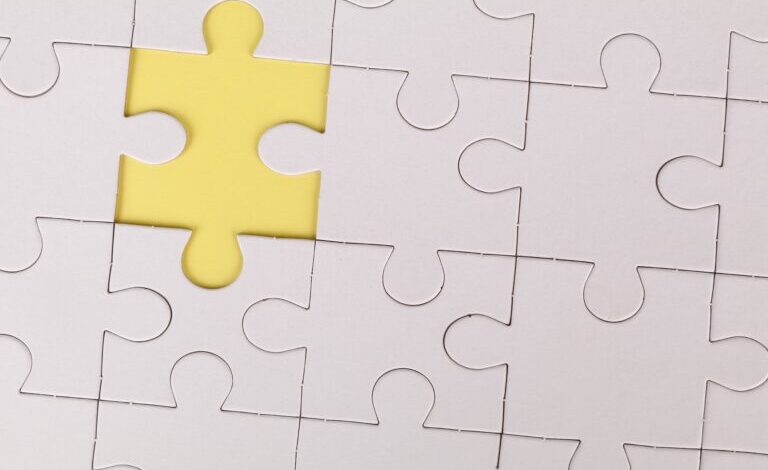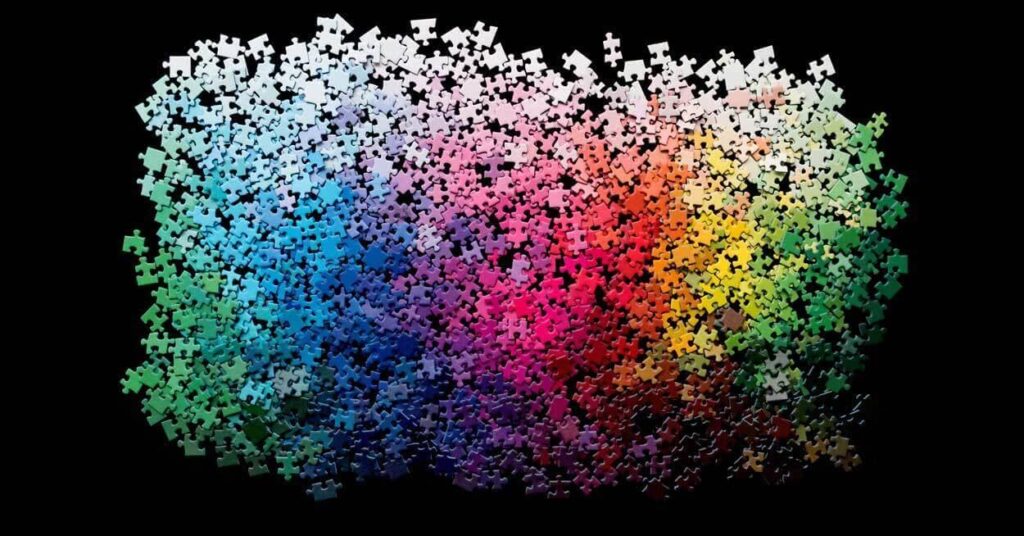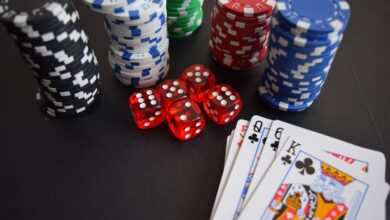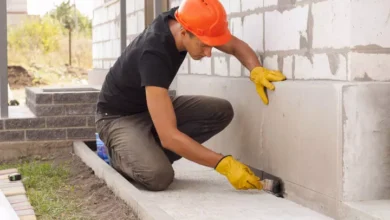5 Incredible Tips to Help You Solve a Jigsaw Puzzle if You’re Just Getting Started

Jigsaw puzzles are great for unwinding, but they may also be a fun way to challenge yourself. If you are just getting started with jigsaw puzzles, you may easily get stuck. This can really make you feel frustrated. But it doesn’t have to be that way. With the right tips and strategies, you can solve your jigsaw puzzle faster.
If you want to set a goal for yourself to finish a jigsaw puzzle quickly, we have some strategies and ideas to help you maintain your pace and stay on track. To learn how to complete your jigsaw puzzle more quickly as a beginner, implement the following tips.
1. Focus as Much as Possible

In order to swiftly complete a puzzle in jigsaw art games, you must avoid any kind of distraction. If you don’t focus, it will probably be harder than usual to solve the puzzle.
There is also the issue of space to consider. For instance, it will take longer if you are sorting a difficult 1000-piece puzzle and your table is too small for you to see all the pieces well. Even while choosing your puzzle-solving space, you should exercise caution.
You don’t want to start using the dining room table just to have to put everything away when the family comes over for dinner. To put it another way, allow yourself some time before starting your puzzle to discover the perfect ratio of a large surface area to a minimal number of distractions.
2. Sort the Edge Pieces First
One of the most well-liked and effective ways to begin a jigsaw art game puzzle is by sorting through and assembling the edge pieces. This approach is effective because, even in a larger and more challenging puzzle, the edge pieces can be quickly distinguished by their distinctive straight sides.
Sorting among pieces of any size makes it easy to locate the edges. You’ll have a much smaller group of pieces that, once assembled into a pile, you can be assured will all fit together to form the frame for your finished image. Having that base is a wonderful place to start since it gives you a variety of opportunities to use some of the other strategies. It also increases your self-assurance.
3. Group the Pieces by Color

Another approach to arranging the pieces is to group them by color. While not always the case, this works well with any particular color scheme or image that depicts a specific activity or person.
For instance, a jigsaw puzzle with a circus or carnival scene would contain a number of very distinct color groupings. On the other hand, if the foreground has a number of identical-looking rocks and trees, it would be more challenging to categorize a picture of a forest.
Even if these methods only allow you to arrange your pieces loosely, you can still transfer some of them into a pile that is more useful and connected.
For example, if you are putting together a puzzle with faces, the pieces that go with the faces should be noticeably distinct from those in the background. You can at least arrange some of the pieces in this manner.
4. Start by Tackling the Corners
This strategy goes along with method 2, which calls for sorting and putting the edge pieces together first. You will have four corners accessible after completing Strategy 2, and you can select which one you wish to work from. Choose a corner, then slowly and gradually work your way out of that corner, always coming back to the main picture on the jigsaw box.
You may apply your color grouping technique if the backgrounds of two corners of a jigsaw puzzle are remarkably similar. A great strategy that can help you solve a jigsaw puzzle faster as a beginner is to start solving the puzzle from the corners.
5. If You Get Stuck, Get Assistance

Asking for the help of a family member or friend can be quite beneficial and make the process more fun unless you intend to complete the puzzle all by yourself.
They could help you organize, break your work into portions, and get a second opinion on the frequently asked question, “Do you think this piece goes here?”



